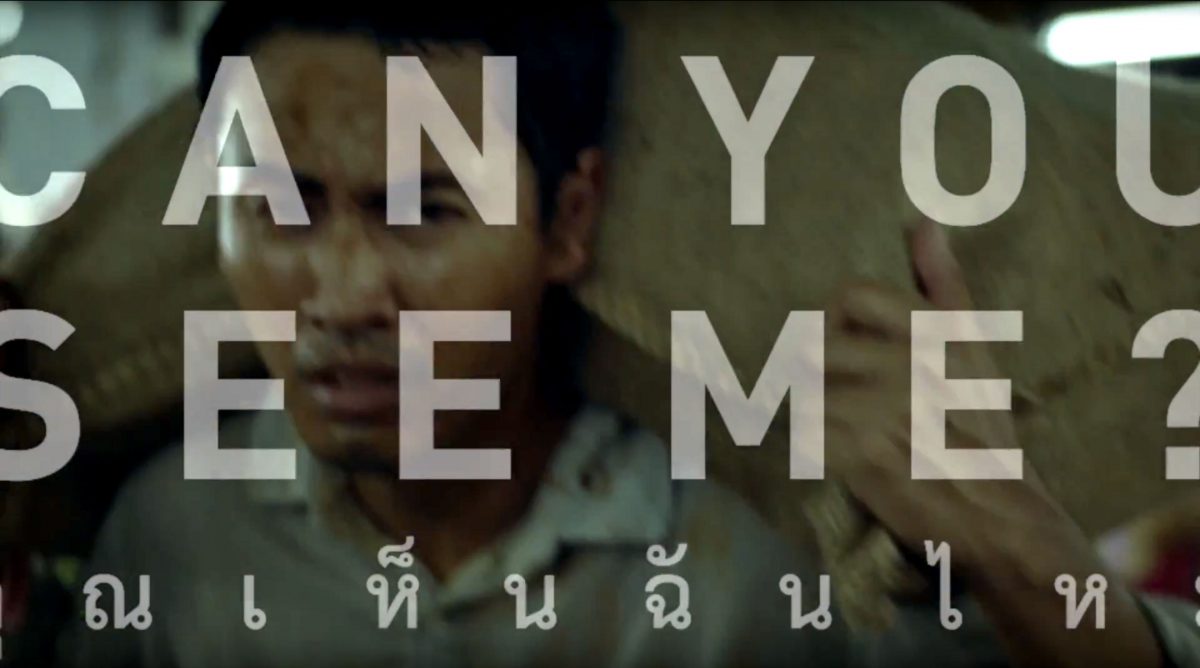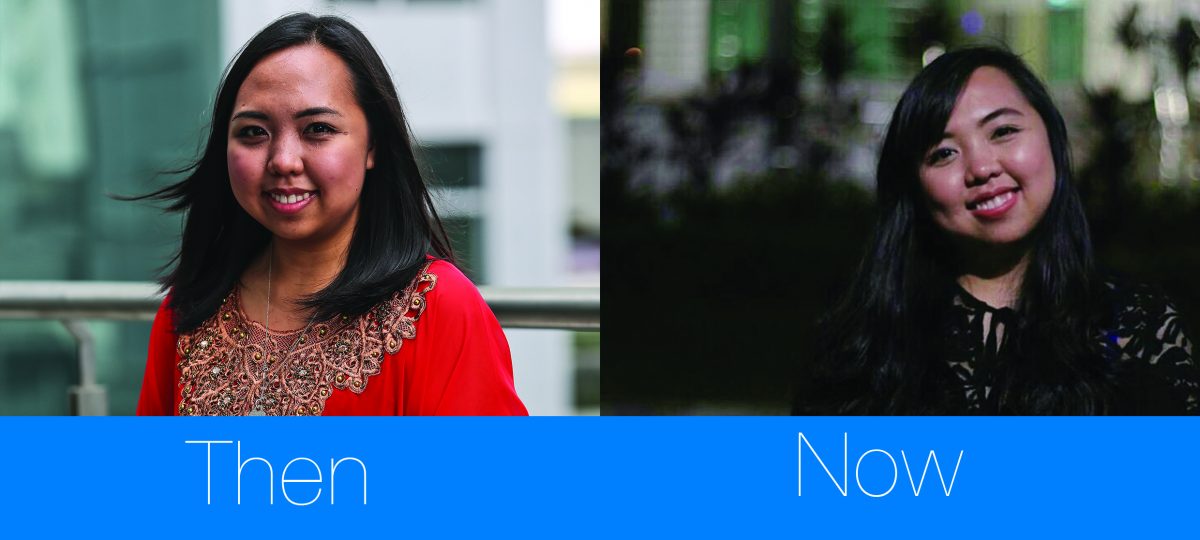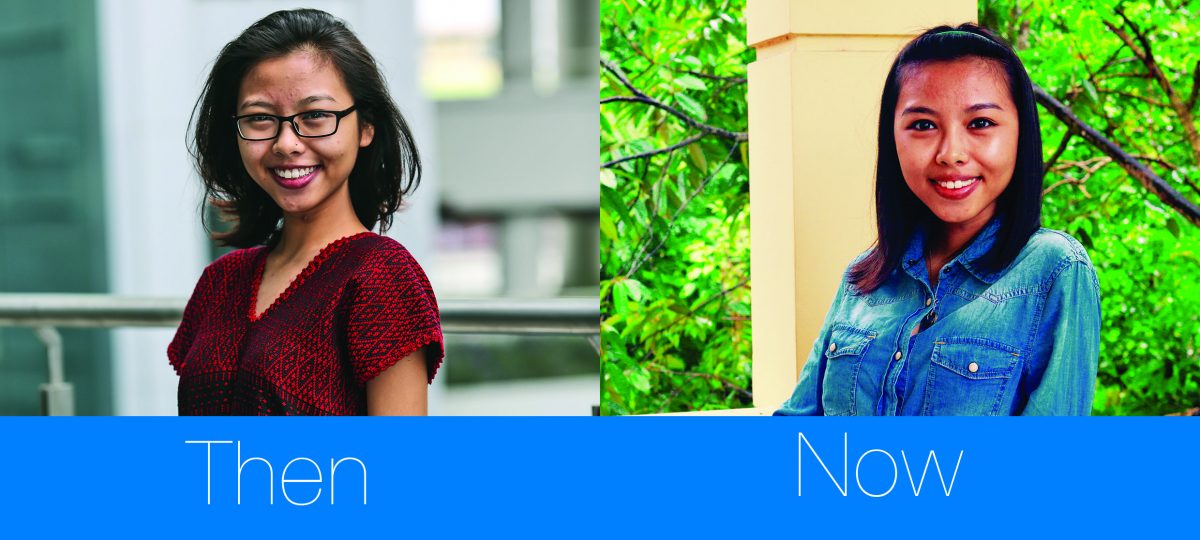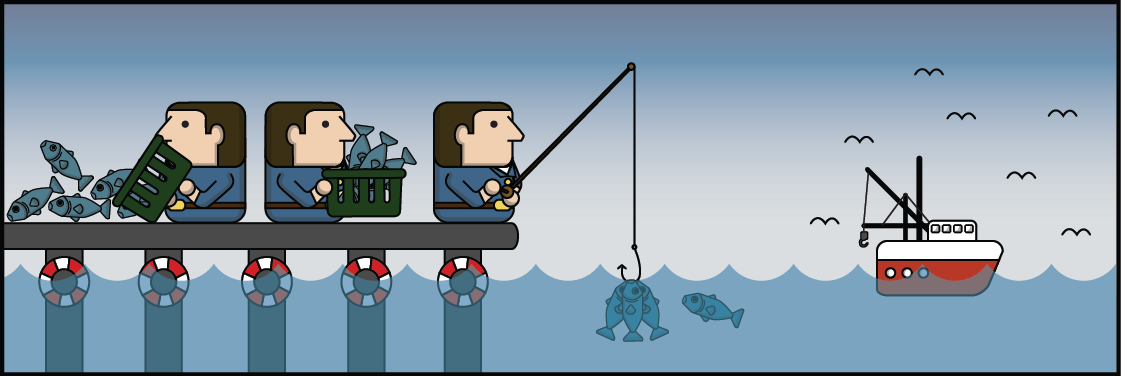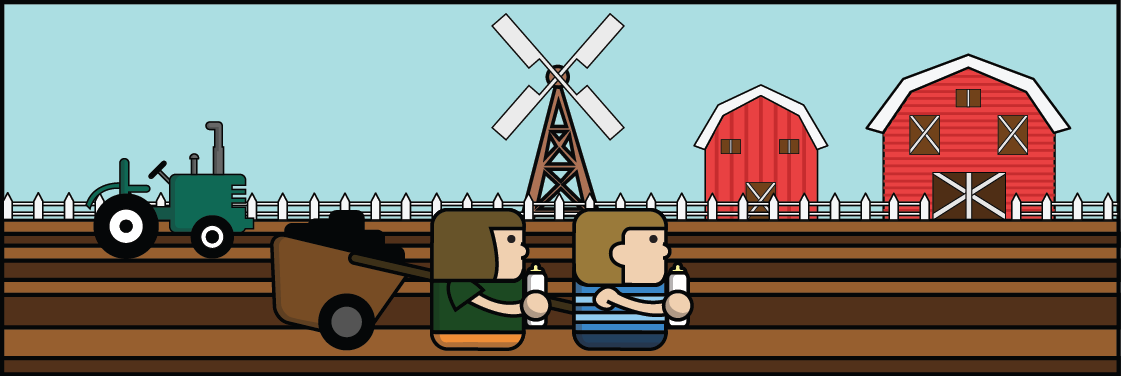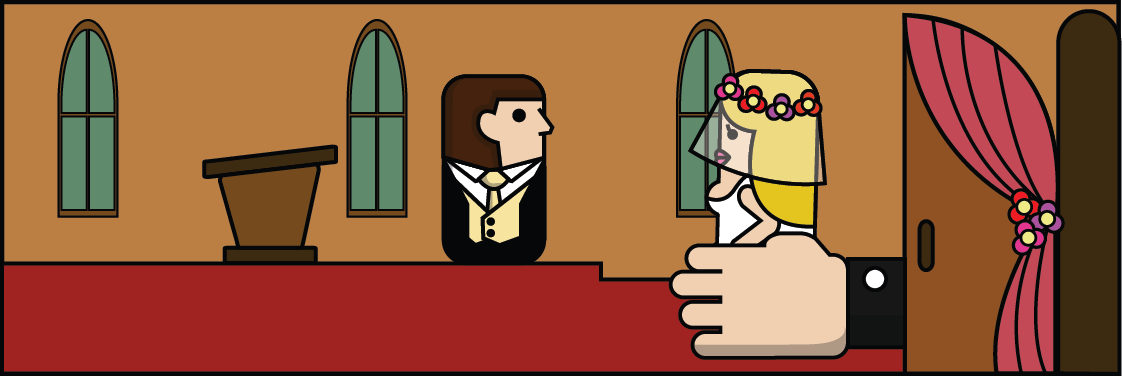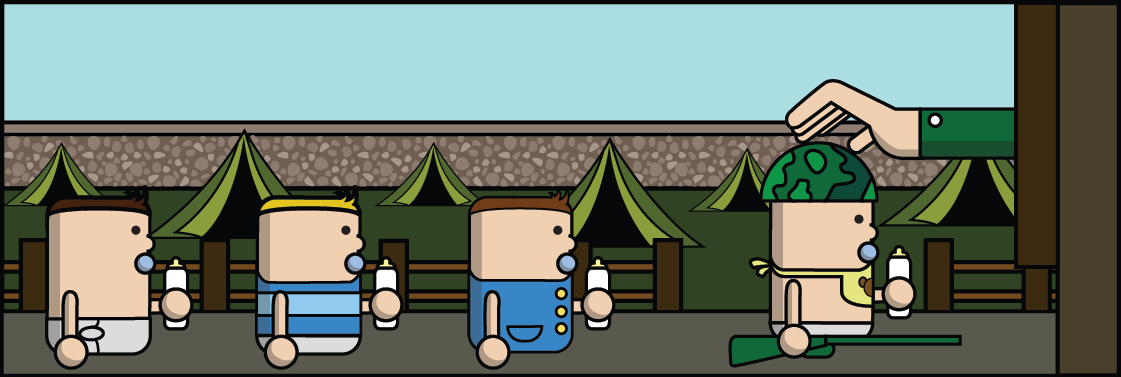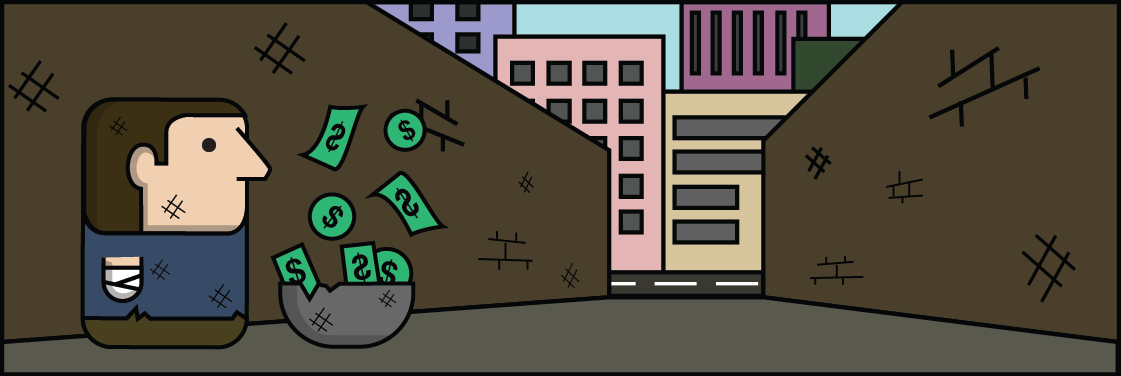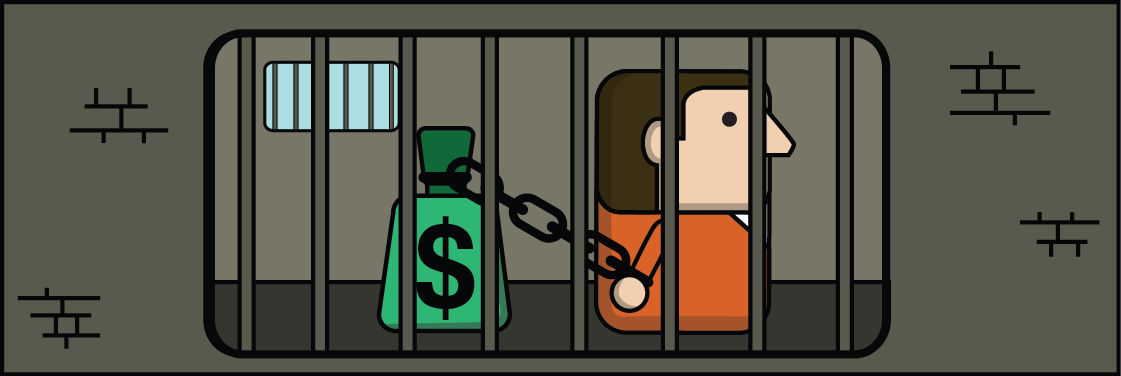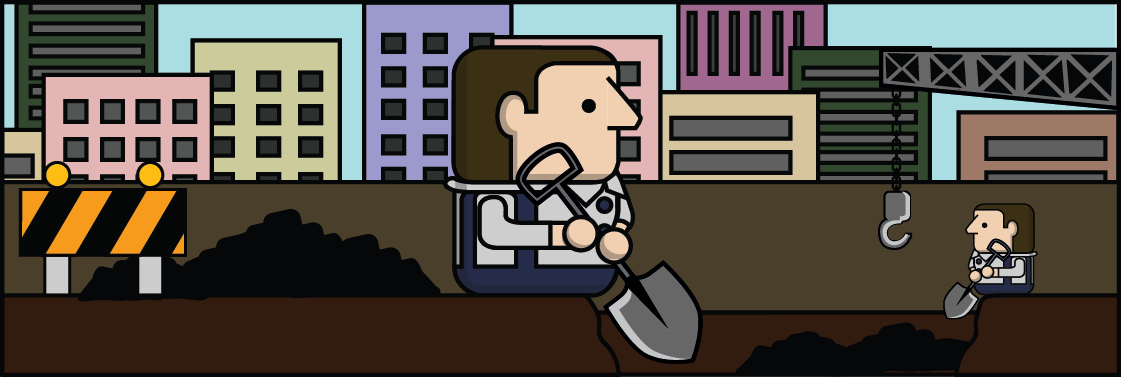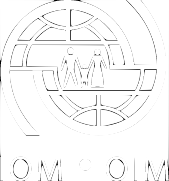Whose Line is it anyway?
What’s the role of media and technology when it comes to human trafficking prevention? This was the question that the IOM X session posed at the Border Control Agency Management Program (BCAMP) with participants from nine countries in Asia Pacific.
BCAMP is sponsored by the Australian Department of Immigration and Border Protection and presented in partnership with the Viet Nam Government and RMIT Viet Nam. The participants spend three weeks together to learn about migration, human trafficking, human smuggling and how they can collaborate regionally. And technology is a big part of that!
BCAMP alumni stay in touch through a group on Line that allows them to easily share information about what they are seeing at different border points and to get immediate feedback from their counterparts in other countries. A fake passport can be identified in seconds and this speedy collaboration can also help identify potential victims of human trafficking.
There are over 7 billion mobile phones in use around the world, even more than the world’s entire population, and more and more people are using smartphones. This means that media and technology-based initiatives are becoming increasingly accessible as a means of addressing global challenges.
In Lebanon, a local NGO worked with creative agency Ogilvy to create a series of radio ads in the languages of migrant domestic workers who were often not allowed to leave the homes of their employers. The radio ads sounded like they were for water parks and spas but the information was actually telling domestic workers who they could contact if they were being abused and needed help.
Globally, NGO Terre des Hommes partnered with advertising agency Lemz to create Sweetie, a 3D computer model of a young girl that was used to tackle the online sexual exploitation of children. Names, locations and webcam footage of abusers was gathered and cross-referenced with Google and other public sources until 1,000 abusers caught in the act were identified from 71 countries. This information was then handed over to the authorities.
These are just a few examples of how media and technology is being leveraged around the world to help stop human trafficking and exploitation. In addition to the launch of 6degree.org,the world’s first crowdfunding portal to support individual survivors of human trafficking, IOM X has more innovations in the works. Stay tuned!
Do you know of some cool ways that media and technology are being leveraged to help stop human trafficking and exploitation? Share them and tag #IOMX!
(English) Editor’s choice
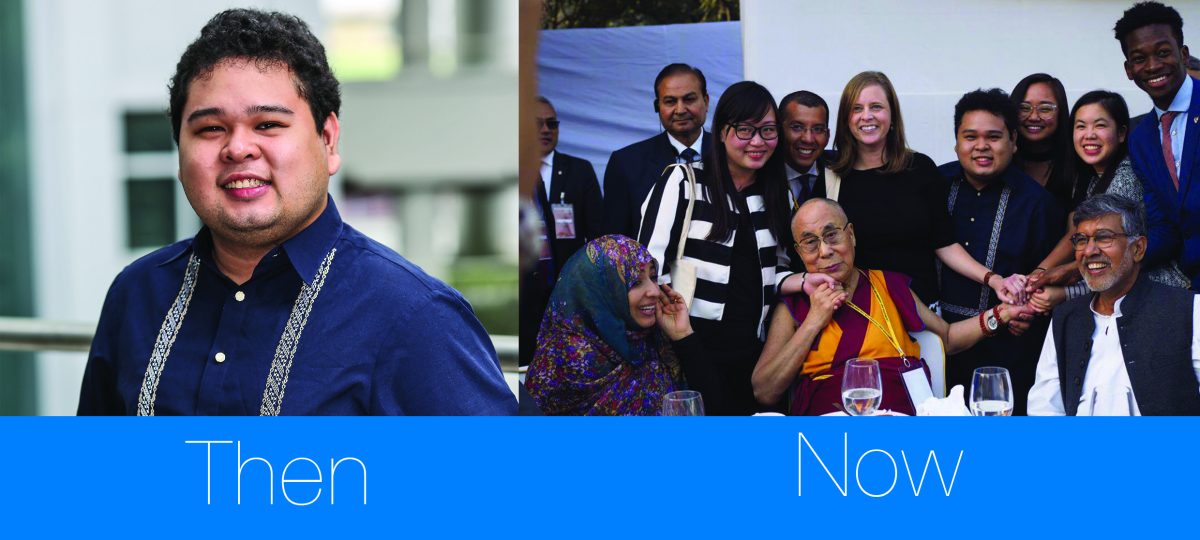
(English) Where are they now?: Joey, Philippines
sorry not available!

(English) Where are they now?: Joey, Philippines
sorry not available!

